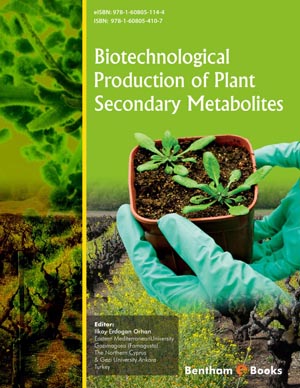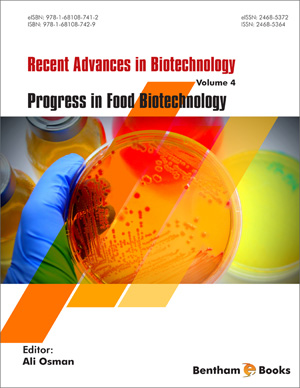Abstract
Plant cell and tissue culture strategies provide a valuable tool for the production of plant chemicals and have been extended to commercial use for biosynthesis of various high-value metabolites of importance to pharmaceutical, food and chemical industries. In this chapter, different systems for the production of anthocyanins under in vitro conditions are discussed. Anthocyanins are used to color food as a substitute of synthetic red dyes and recently, great attention has been focused on their multifaceted pharmacological potential. In vitro production of these pigments has been obtained from several plant species. Most systems are based on the use of callus and cell suspension cultures, although organ cultures have also been studied. Several studies on the regulation of anthocyanins biosynthesis under in vitro conditions have been reported, although additional research is still necessary in order to allow commercial production. In general, these studies have shown that anthocyanins biosynthesis is strongly influenced not only by physical conditions as light and temperature, but also by other parameters such as osmotic pressure, hormones, basal medium composition and nutrient stress. Strategies such as elicitation and use of conditioned medium have also been reported. In addition, the use of in vitro technologies has allowed the production of anthocyanins that usually are not found in field-grown plants. Large scale production of these pigments in standardized conditions remains as one of the great challenges for researchers in plant biotechnology.
Keywords: Anthocyanins, pigment, plant tissue culture, plant cell culture, secondary metabolites, largescale production, callus culture, biomass accumulation, biosynthesis, physical factors, chemical factors, plant growth regulators, elicitation, biotechnology.

















